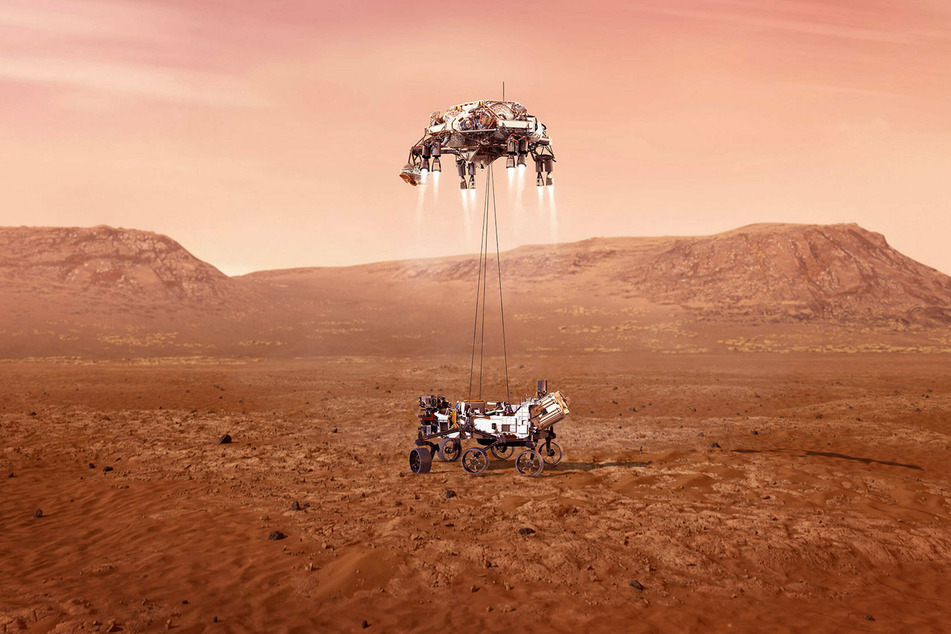Countdown begins as NASA rover prepares to land on Mars
Pasadena, California - NASA's Mars rover Perseverance will land on the Red Planet on Thursday after a nearly seven-month journey through space.

The rover, which NASA has hailed as its "most sophisticated" ever sent to Mars, is a technological feat equipped with seven instruments that will help it examine evidence of ancient microbial life on the planet.
Perseverance is expected to study the Mars surface for at least two years as it examines the climate and geology and collects rock and soil samples.
According to NASA, the roughly $2.7-billion rover project will help pave the way for human exploration of the Red Planet.
Among the instruments carried by Perseverance, which is the size of small car, are state-of-the-art cameras with with panoramic capabilities and ability to zoom in on rock textures from over 300 feet away.
Another camera, the SuperCam, will zap rocks with a laser to study the vapor.
One particularly vital instrument, known as SHERLOC, also uses a laser to search for organic material and minerals that may have been altered by water, giving key insights into the signs of past life.
The 2,260-pound rover has a helicopter drone named Ingenuity strapped to its belly, which could become the first craft to fly on another planet.
Perseverance is set to land at the base of a crater called Jezero, a 3.5-billion-year-old former lake that scientists say could provide evidence that microbes previously existed on Mars. Mars had water on its surface billions of years ago, a fact that has led to speculation that there may have been some form of life on the planet.
NASA has previously conducted eight successful Mars landings. Its latest mission is part of the Artemis program, which aims to land people on the moon by 2024 and establish a sustained human presence there by 2028, as part of its efforts to get astronauts to Mars.
NASA Television will broadcast live coverage of the landing from the California mission control room.
Cover photo: IMAGO / UPI Photo